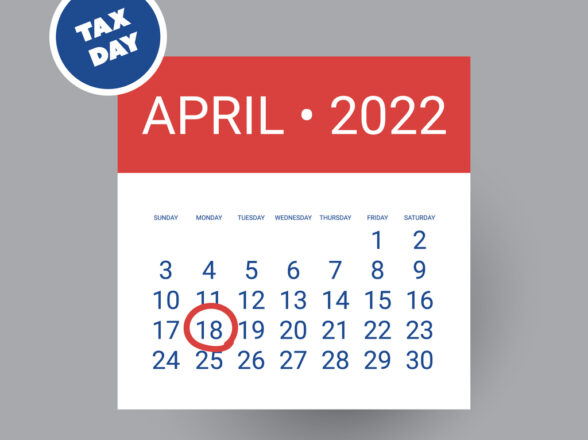Blog
Social Security Changes for 2025

In 2025, several significant changes to the U.S. Social Security system have been implemented, reflecting both economic adjustments and legislative decisions that aim to address the needs of retirees, workers, and the system’s sustainability. These changes are part of an ongoing effort to maintain the solvency of Social Security while ensuring that benefits keep pace with the cost of living.
Cost-of-Living Adjustment (COLA): The most immediate impact for Social Security beneficiaries in 2025 is the annual Cost-of-Living Adjustment (COLA), which has been set at 2.5%. This adjustment, announced by the Social Security Administration (SSA), is designed to increase benefits in line with inflation, thereby helping recipients maintain their purchasing power. This COLA translates into an increase in average monthly benefits from $1,927 to $1,976 for retired workers, offering some relief against rising costs, though the increase is lower compared to recent years due to cooling inflation rates.
Maximum Taxable Earnings: The maximum amount of earnings subject to Social Security taxes has been raised to $176,100 from $168,600 in 2024. This increase means that high earners will pay more into the system, thereby contributing to the financial health of Social Security. For employees, this translates to a maximum Social Security tax contribution of $10,918.20 in 2025, up from the previous year.
Full Retirement Age (FRA) Increase: Another pivotal change for 2025 is the increment in the Full Retirement Age (FRA) for individuals born in 1959. Their FRA will increase to 66 years and 10 months, marking the penultimate step in a series of increases that started in 2000. This adjustment will result in the final increase for those born in or after 1960, where the FRA will settle at 67. This shift affects when individuals can claim benefits without a reduction and reflects the broader policy of extending working years to align with increased life expectancy.
Social Security Fairness Act: A legislative change that has garnered much attention is the enactment of the Social Security Fairness Act. This law eliminates the Windfall Elimination Provision (WEP) and the Government Pension Offset (GPO), which previously reduced benefits for certain public sector workers, such as teachers, firefighters, and police officers, who also received pensions from non-Social Security covered employment. This change is expected to increase benefits for millions, although it also adds to the financial burden on the Social Security system, with estimates suggesting an additional $195 billion to federal deficits over ten years.
Earnings Test Limit: For those who continue to work while receiving Social Security benefits before reaching their FRA, the earnings test limit has been adjusted. In 2025, individuals who will reach FRA during the year can earn up to $62,160 without losing benefits, up from $59,520 in 2024. Beyond this amount, $1 in benefits is withheld for every $3 earned over the limit, but these withheld benefits are not lost; they are recalculated into higher future benefits.
These changes, while aimed at ensuring the program’s longevity, have sparked varied opinions. Critics argue that the COLA increase might not adequately compensate for real-world inflation, particularly in sectors like healthcare and housing. Supporters, however, see these adjustments as necessary steps to adapt Social Security to contemporary economic conditions and demographic shifts. The Social Security system continues to be a bedrock of retirement income for millions, and these 2025 updates reflect the ongoing balance between maintaining benefits and ensuring the program’s financial stability.

















































































































